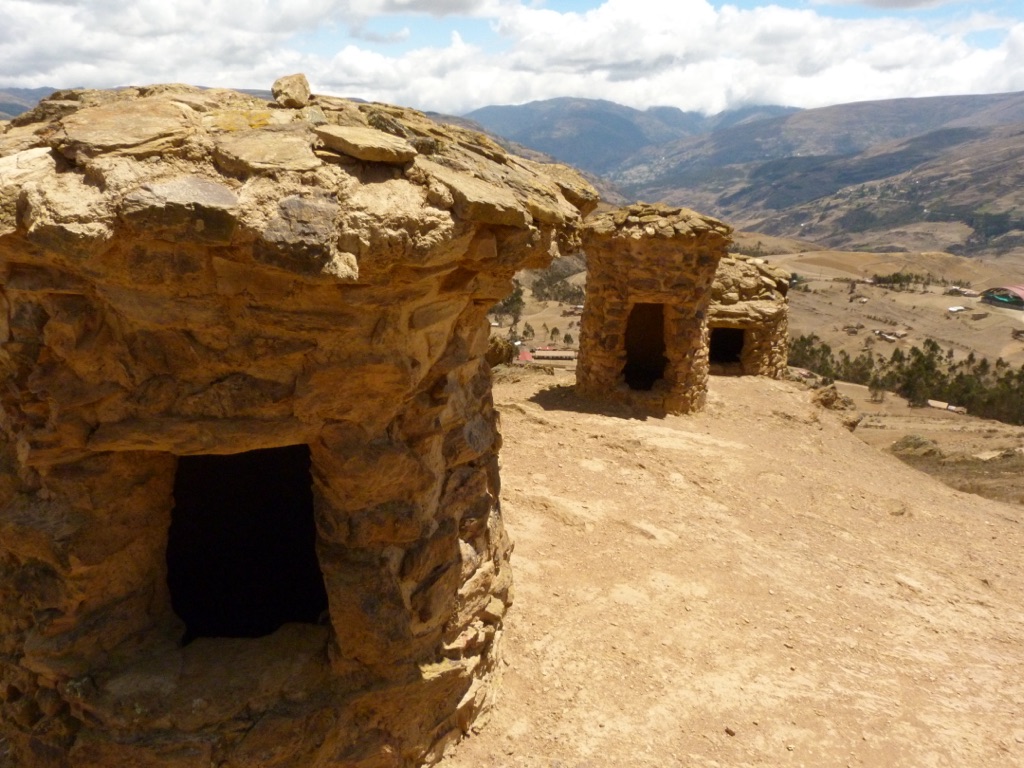Ninamarca, also known as the Chullpas of Ninamarca, is a pre-Columbian archaeological site located in Peru. It consists of a collection of funerary towers, known as chullpas, which are significant remnants of the pre-Inca Lupaca culture. These towers, perched on a hill overlooking the Pucará Valley, are a testament to the complex funerary practices and social structures of the ancient Andean civilizations. The site offers a glimpse into the Lupaca people’s architectural skills and their beliefs surrounding death and the afterlife.
Get your dose of History via Email
Historical Background of Ninamarca
The Chullpas of Ninamarca were discovered in the early 20th century, although the exact date and discoverer remain unclear. The site is attributed to the Lupaca culture, a pre-Inca civilization that thrived in the region. The Lupacas were known for their advanced social organization and for being skilled builders. Ninamarca served as a burial ground for the elite members of this society, with the chullpas standing as a symbol of status and power.
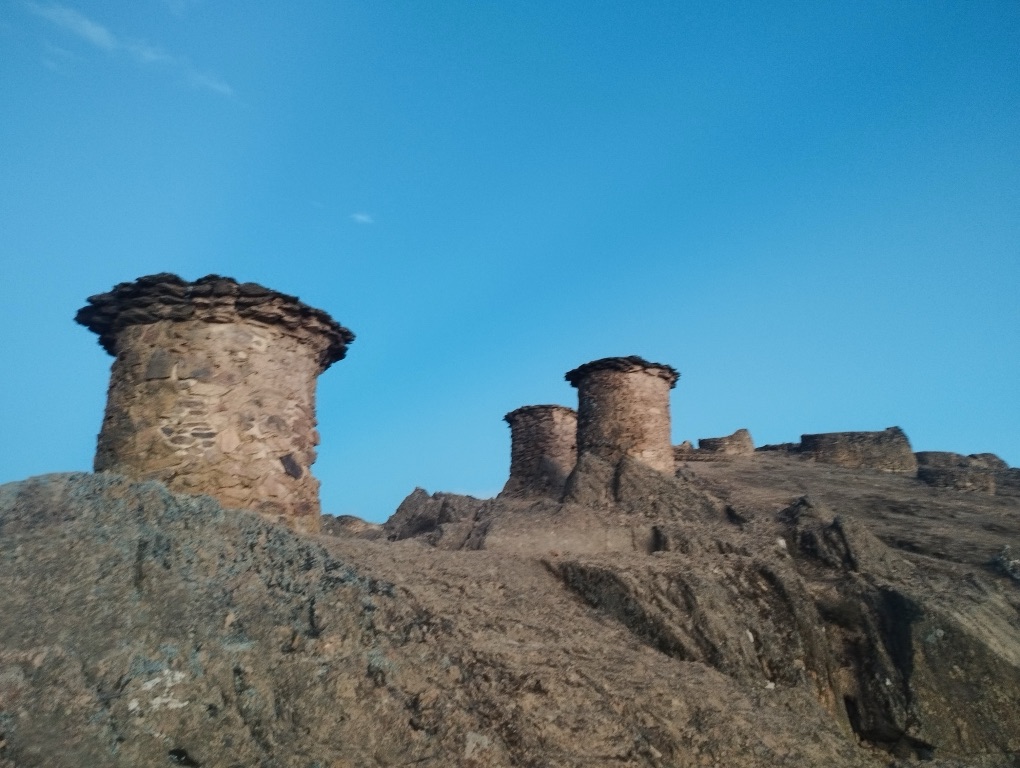
Over time, the site has seen various inhabitants, including the Incas, who conquered the Lupaca territory. The Incas left their mark on the site, as evidenced by some of the chullpas that exhibit Inca architectural influences.
The chullpas are built from local stone, these towers have withstood the test of time, enduring harsh weather and seismic activity. The site’s remote location has helped preserve it, allowing archaeologists to study the structures in relative peace.
While Ninamarca is not as well-known as other Peruvian archaeological sites, it has attracted the attention of historians and archaeologists interested in the pre-Inca cultures of the Andes. The site’s preservation and study have provided valuable information about the Lupaca people and their customs.
Today, Ninamarca is recognized as an important cultural heritage site. Efforts to preserve and protect the chullpas continue, ensuring that future generations can learn from and appreciate this window into the ancient Andean world.
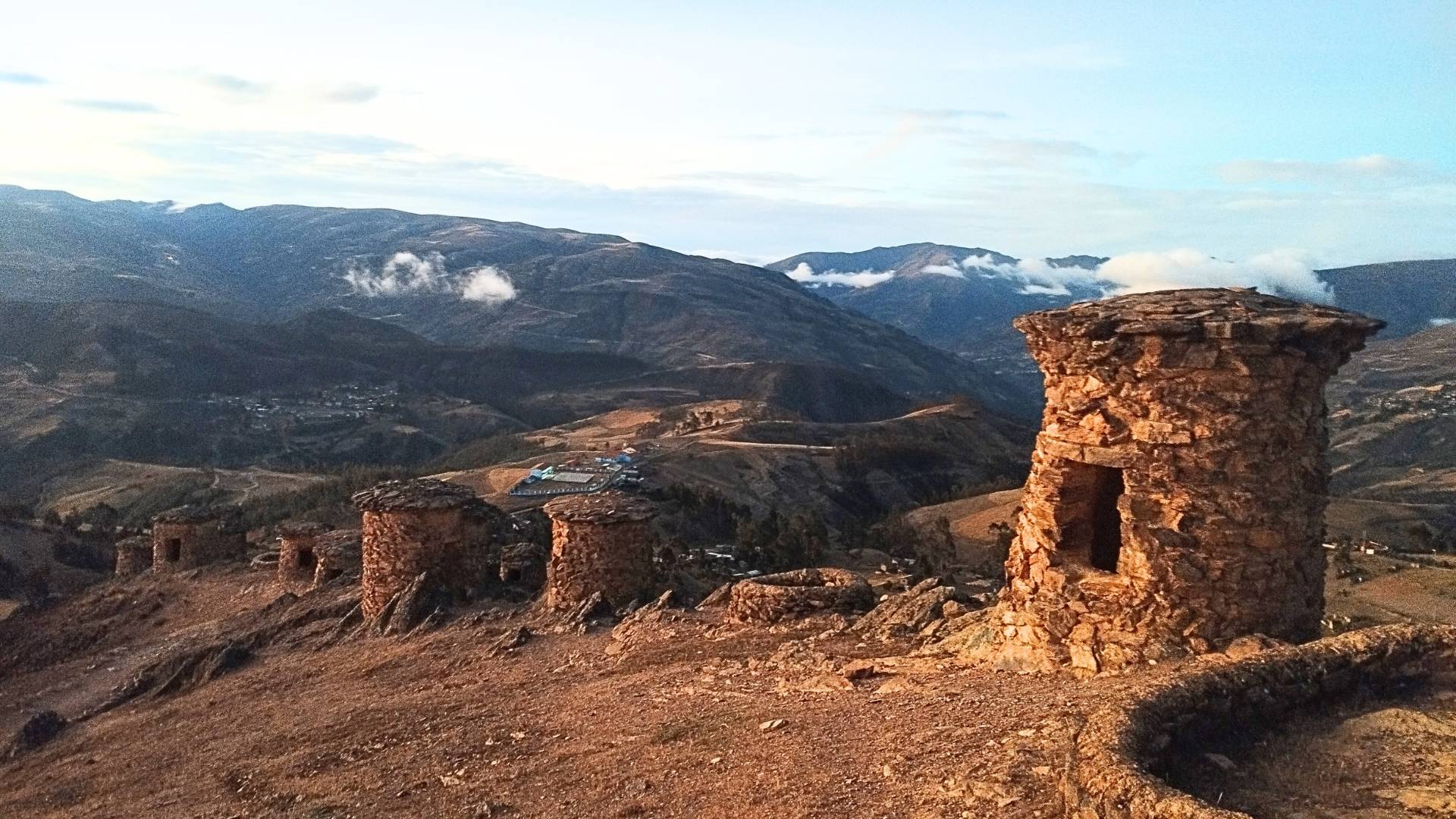
About Ninamarca
Ninamarca is characterized by its chullpas, which are cylindrical and rectangular towers made from stone. These structures were built to house the remains of the Lupaca elite. The towers vary in size, indicating the social hierarchy that existed within the Lupaca culture. The larger and more elaborate chullpas were likely reserved for nobility or individuals of higher status.
The construction techniques used to build the chullpas demonstrate the Lupacas’ understanding of stonemasonry. The stones were carefully cut and placed without the use of mortar, a method similar to that used by the Incas. The precision of the construction has allowed many of the chullpas to remain standing for centuries.
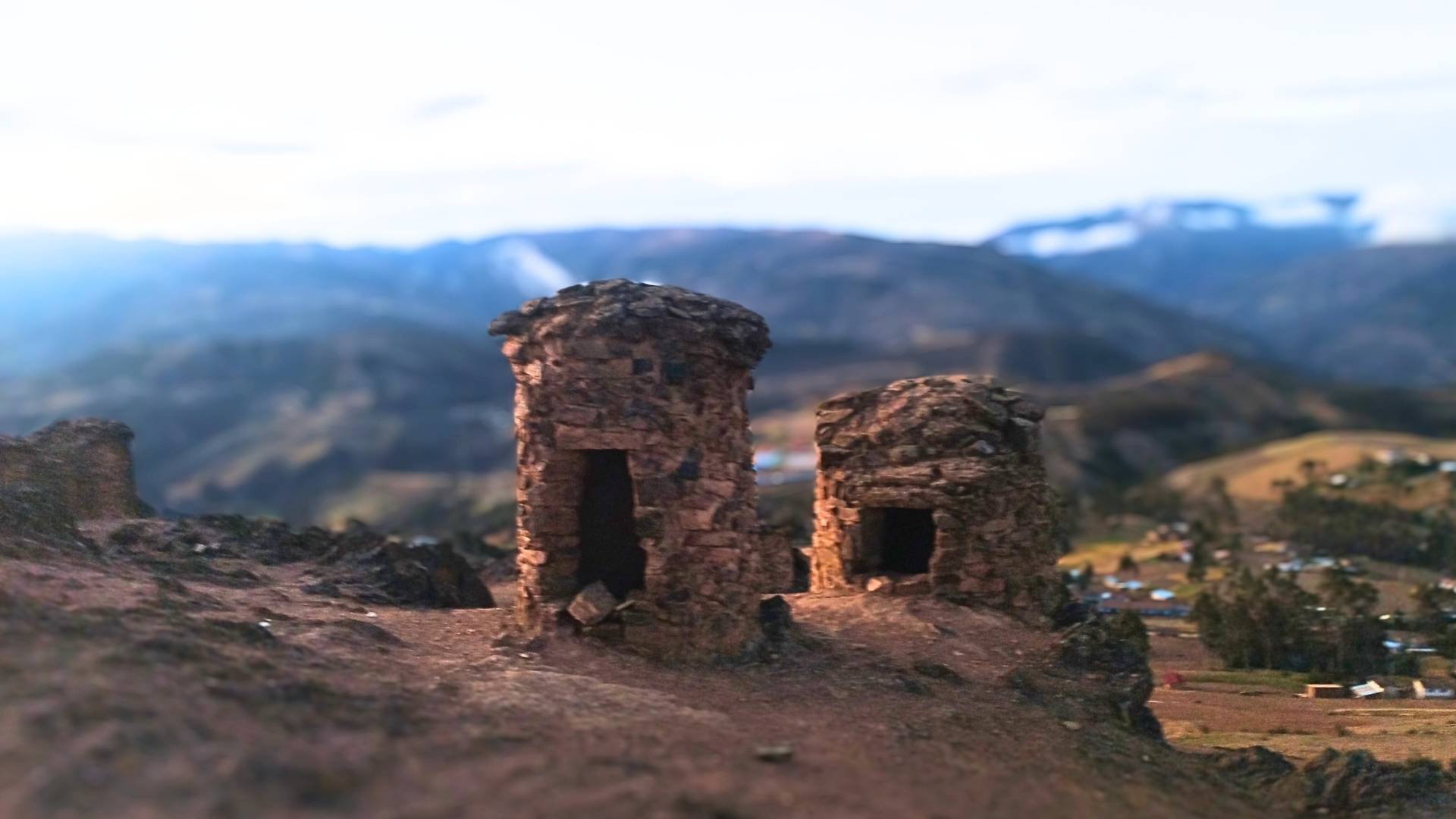
Architectural highlights of Ninamarca include the intricate carvings found on some of the chullpas. These carvings feature geometric patterns and animal figures, which may have held symbolic significance. The site’s layout also suggests a deliberate design, with the chullpas positioned to overlook the valley below.
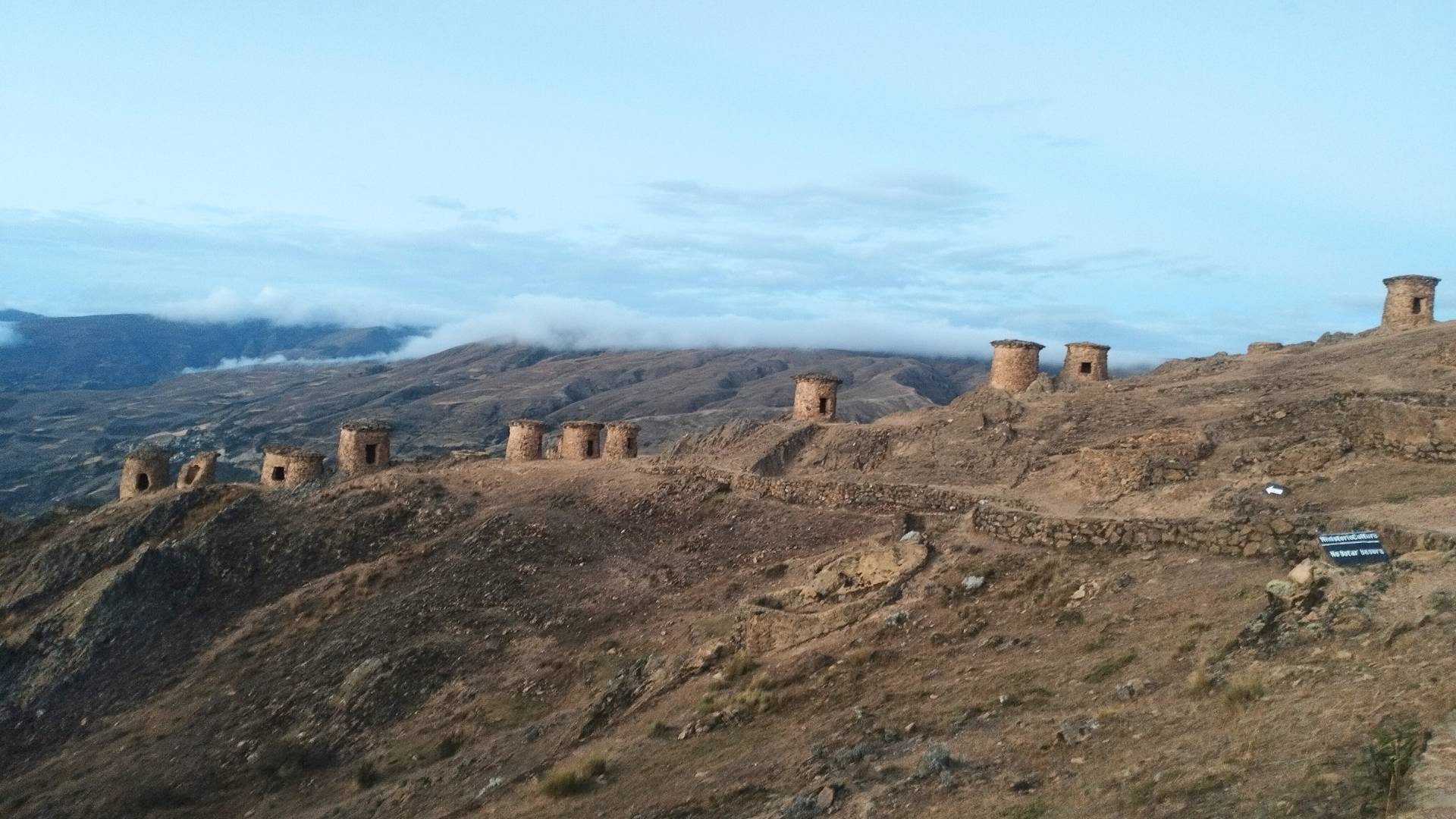
Theories and Interpretations
Several theories exist about the use and significance of the chullpas at Ninamarca. The most widely accepted theory is that they served as tombs for the Lupaca elite. The elaborate construction and prominent placement of the towers support this interpretation, as they would have been a means to honor and remember important individuals.
There are mysteries surrounding the exact rituals and ceremonies that took place at Ninamarca. Some researchers suggest that the chullpas may have been part of a larger complex used for various ceremonial purposes. However, without written records, these theories are based on interpretations of the site’s physical evidence.
Dating of the site has been carried out using methods such as radiocarbon dating and stratigraphy. These techniques have provided estimates for the age of the chullpas, placing their construction in the pre-Inca period. However, the exact dates remain subject to further research and analysis.
Theories about Ninamarca continue to evolve as new discoveries are made. Ongoing archaeological work is crucial for deepening our understanding of the site and the people who built it. Each new finding adds a piece to the puzzle of the ancient Andean civilizations.
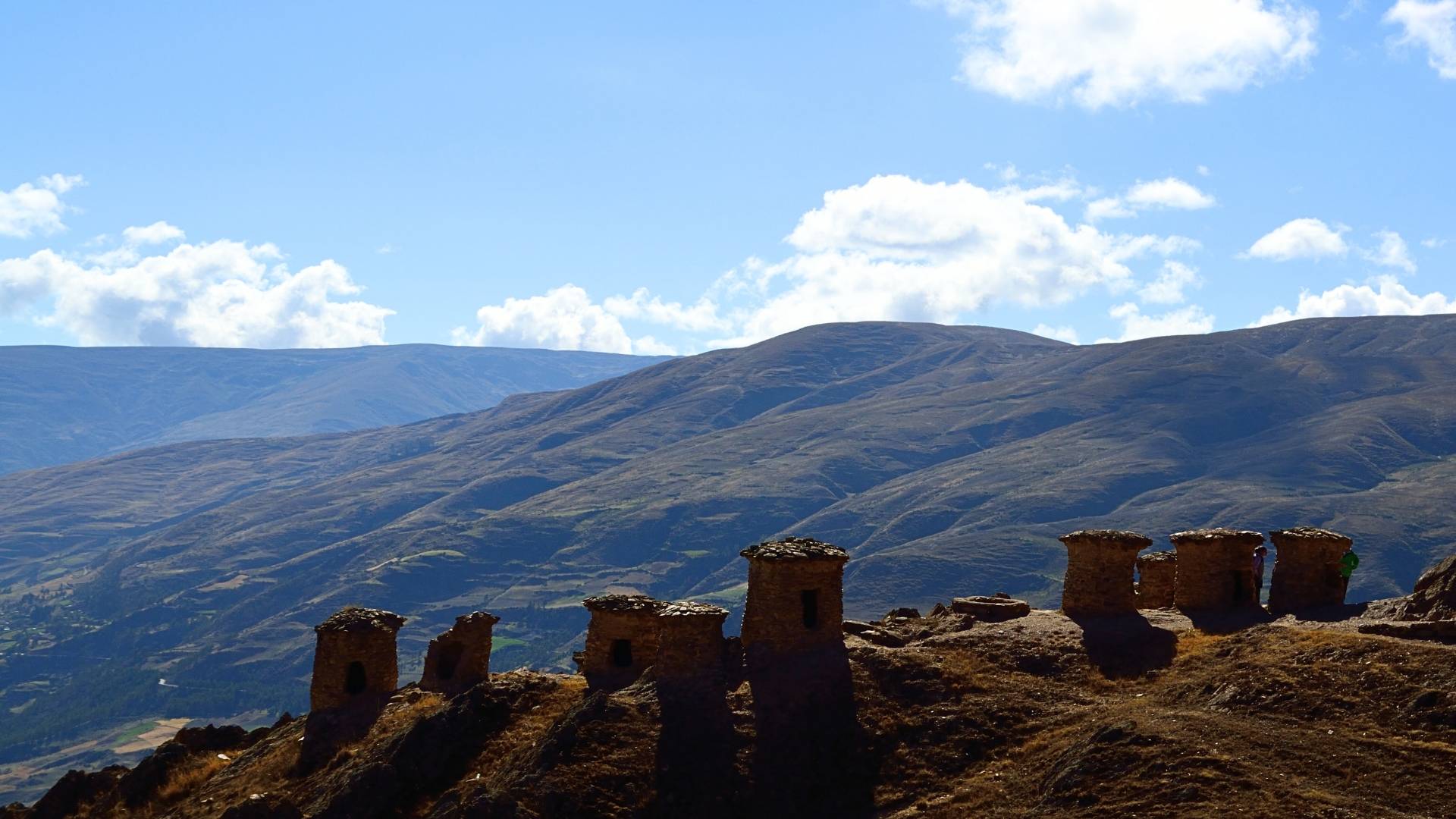
At a glance
Country: Peru
Civilization: Lupaca People
Age: Pre-Inca period (exact age unknown)
Conclusion and Sources
Reputable sources used in creating this article:
- Wikipedia: https://en.wikipedia.org/wiki/Ninamarca

